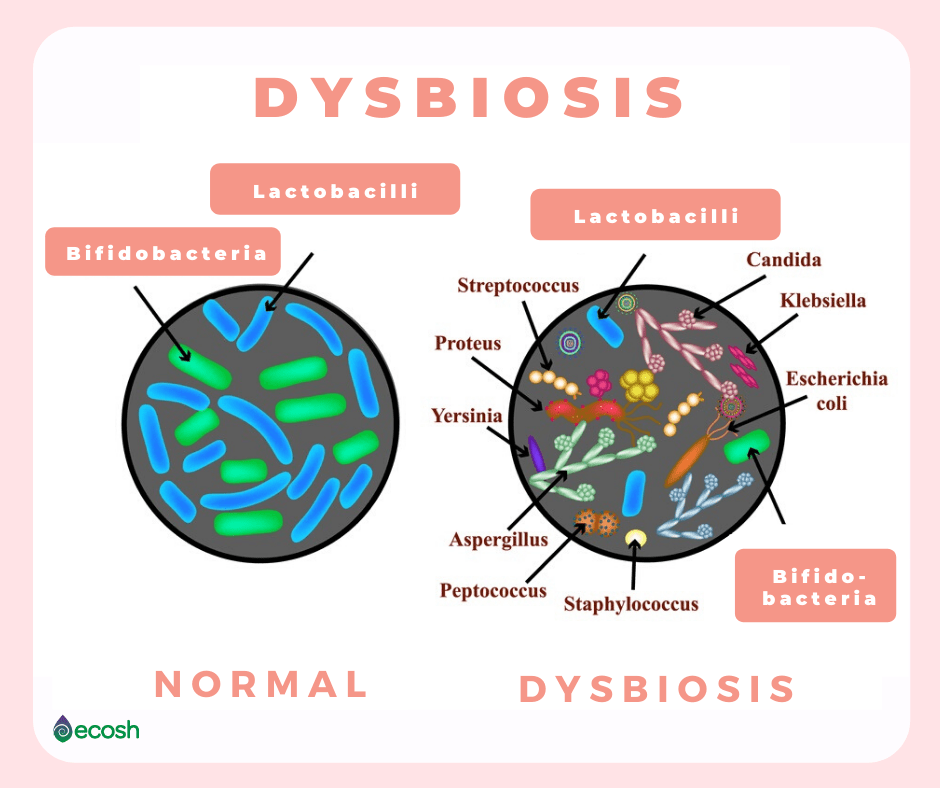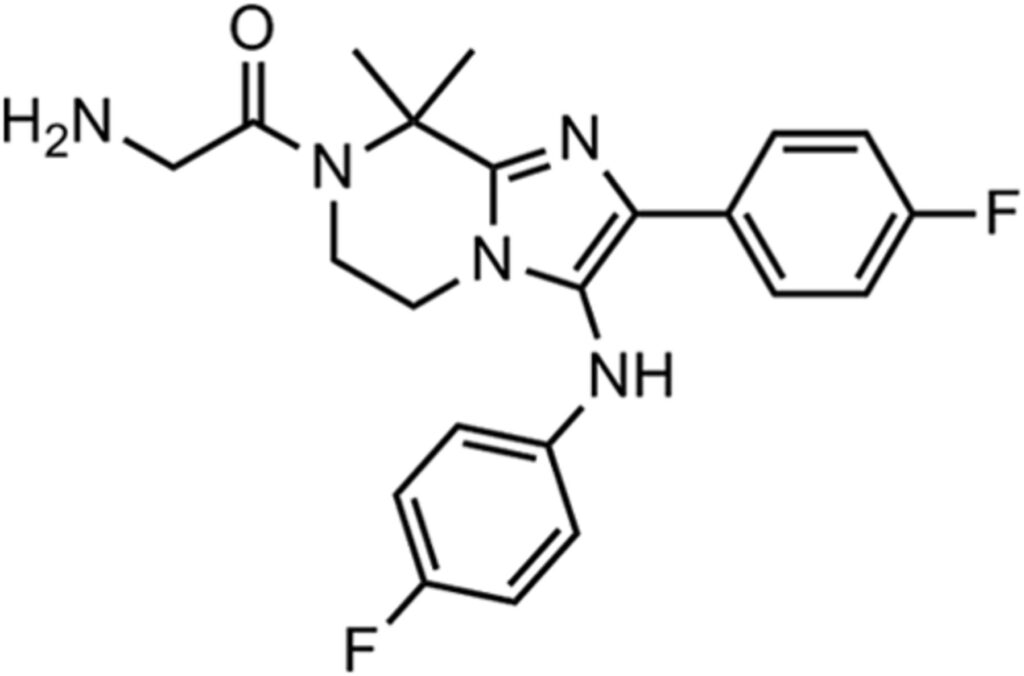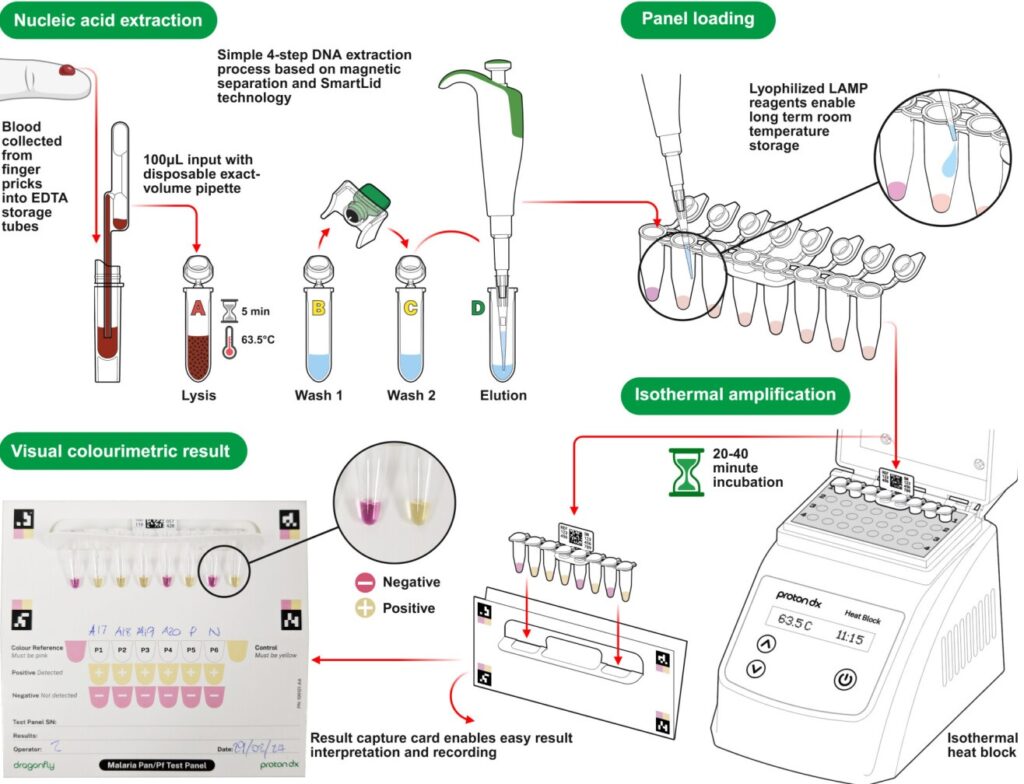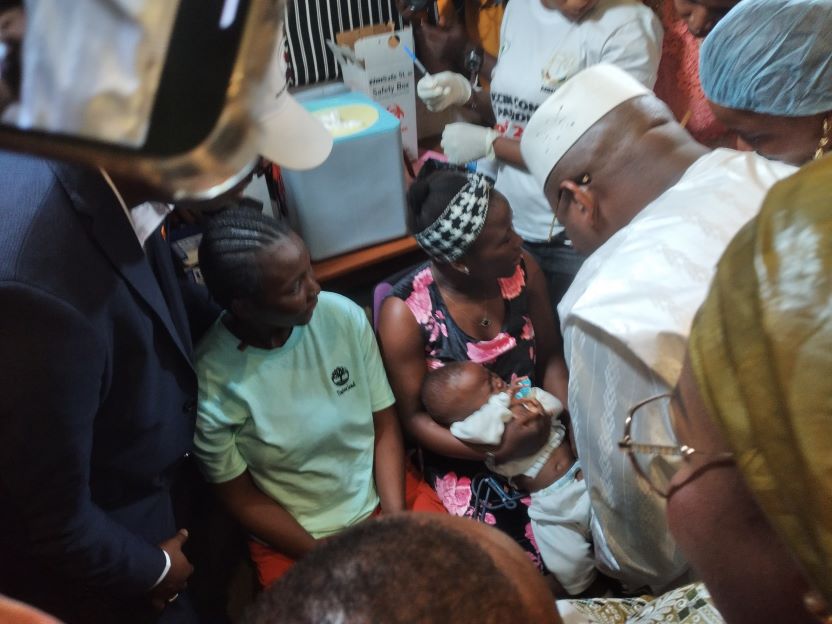
One of the most profound statements I know is by Science Fiction writer, Philip K Dick, best known for Bladerunner. In his 1978 essay ‘How to Build a Universe That Doesn’t Fall Apart Two Days Later’ Dick said “One day a girl college student in Canada asked me to define reality for her, for a paper she was writing for her philosophy class. She wanted a one-sentence answer. I thought about it and finally said, “Reality is that which, when you stop believing in it, doesn’t go away.“
What is of most interest to me is its converse – An unreality is that which, when you stop believing in it, goes away. Several major topics come to mind which I will discuss later.
I have always been interested in research and invention. I completed degrees – Bachelors, Masters and PhD in Chemical Engineering. But at the end of my PhD I realised that scientific research for its own sake did not seem possible to me at that time. Modern scientific research is no longer the realm, as it was up to the 19th century, of gentleman scientists with independent means studying topics of interest to them. Most R&D is funded by private businesses or government research programmes and these funders want results that will benefit their financial or policy interests. The researcher is no longer independent. Junior professors at research universities spend most of their time writing grant proposals to try and interest these funders.
I preferred to work in industry, where at least the motivation was to improve production process to make a profit. Now as I get older and more financially secure, I find myself drawn to topics that interest me. And what interests me most are topics where establishment interests are promoting scientific hypotheses that don’t ring true.
The first topic to attract my interest in early 2000s was global warming. At first, I had no reason to disbelieve the catastrophe narrative. But my scientific interest, and knowledge of the core subjects of chemical engineering, heat and mass transfer, encouraged me to investigate the science behind the catastrophe theory. I soon found that doubling the concentration of carbon dioxide in the atmosphere would cause no more than 1°C of warming based on heat and mass transfer principles. This small temperature increase was generally agreed to be beneficial rather than harmful. I immediately started to tell everyone not to worry. But I got strange reactions, like that of a former engineering class colleague who questioned my religion! Wasn’t this a scientific topic?
In 2007 the UK Channel 4 TV documentary ‘The Great Global Warming Swindle’ debunked the global warming hypothesis and the Gore film from the previous year. After that, the ruling oligarchs through their control of governments and mainstream media made sure that from then on ‘The Science’ was never again allowed to be questioned in mainstream media. I watched on in disbelief as governments ruined their countries’ economies by implementing costly green energy policies based on a big lie. Sceptics were systematically ignored. Only the oligarchs’ current desire for cheap energy to power AI is likely to end these costly policies.
And in March 2020, COVID19 struck. At first my disbelief was that governments all over the worlds enacted excessive lockdown policies for a cold virus with cruel police state enthusiasm. This hadn’t happened for more serious influenza epidemics in 1950s and 60s. But as the scamdemic continued into 2021, I researched deeper and deeper. Reading the revised edition of ‘Virus Mania’ by Engelbrecht et al was my ‘red pill’. Not only was COVID19 unreal, but also all other viral illnesses. AIDS is not sexually transmitted. Polio probably caused by poison, etc, etc.
This new understanding of the frailties of germ theory made me question other illnesses. In 2022 I travelled to sub-Saharan Africa and my travelling companion asked me to get malaria tablets. I investigated the various options and found the efficacy of all questionable. I did not get the tablets and did not contract malaria.
This sent me on my new research quest. I found that very little had been written questioning the mosquito plasmodium transmission story. If you think about this logically, it seems very unlikely that a mosquito feeding on blood could transmit the sufficient number of plasmodia back to its salivary glands and into a new victim to transmit disease.
So, I researched and wrote the book ‘Malaria is spread by mosquitos?’. This included translating from Italian into English for the first time Battista Grassi’s 1901 ‘studi di uno zoologo sulla malaria’ (Studies of a Zoologist about malaria). Why hadn’t this work, so often cited as proof that malaria is spread by mosquitos, been translated before? It is far from convincing as Grassi clearly suffered from confirmation bias in his research on this topic.
Each week I write a blog article on malaria research in the blog at usmalaria dot com website and in the Understanding Malaria LinkedIn group. And I peruse whatever else comes up in my LinkedIn feed. And most people seem to believe in catastrophic climate change and the Vs of germ theory, viruses and vaccines. I posted a response to a post boasting about a teenage boy getting the HPV vaccine which is supposed to prevent cervical cancer. Boys don’t have a cervix. The discussion continued for a while and based on the responses and the likes they received from others it was clear that no evidence I presented was going to the minds of these people.
Many people have strong religious beliefs, and curiously, unquestioning faith in the religion’s dogma is praised by many. I recently came across a video that told me that there is scant evidence that the central figure of my religion even existed. But I know better than to get into a discussion with a religious person on this topic.
But the same kind of faith seems to apply to many supposedly scientific theories. The mantra ‘Believe the science’ highlights this. The scientific method is supposed to be sceptical. Whether it is germ theory or global warming, many want to believe. And they use language typically used for religious heretics to attack sceptics.
To come back to Mr Dick’s profound words, it seems strange to me that so many people accept realities that objective examination would cause to go away. I now realise that I have to accept the reality that the majority of people want to believe easily falsifiable untrue hypotheses about science, politics and religion. The majority wants to support evil policies and regimes if told they are good by the ruling classes. If I chose to believe that all people are openminded and not afraid of examining their beliefs, that would not change this reality. We red pillers will always be a small minority and unfortunately we need to accept this reality.








